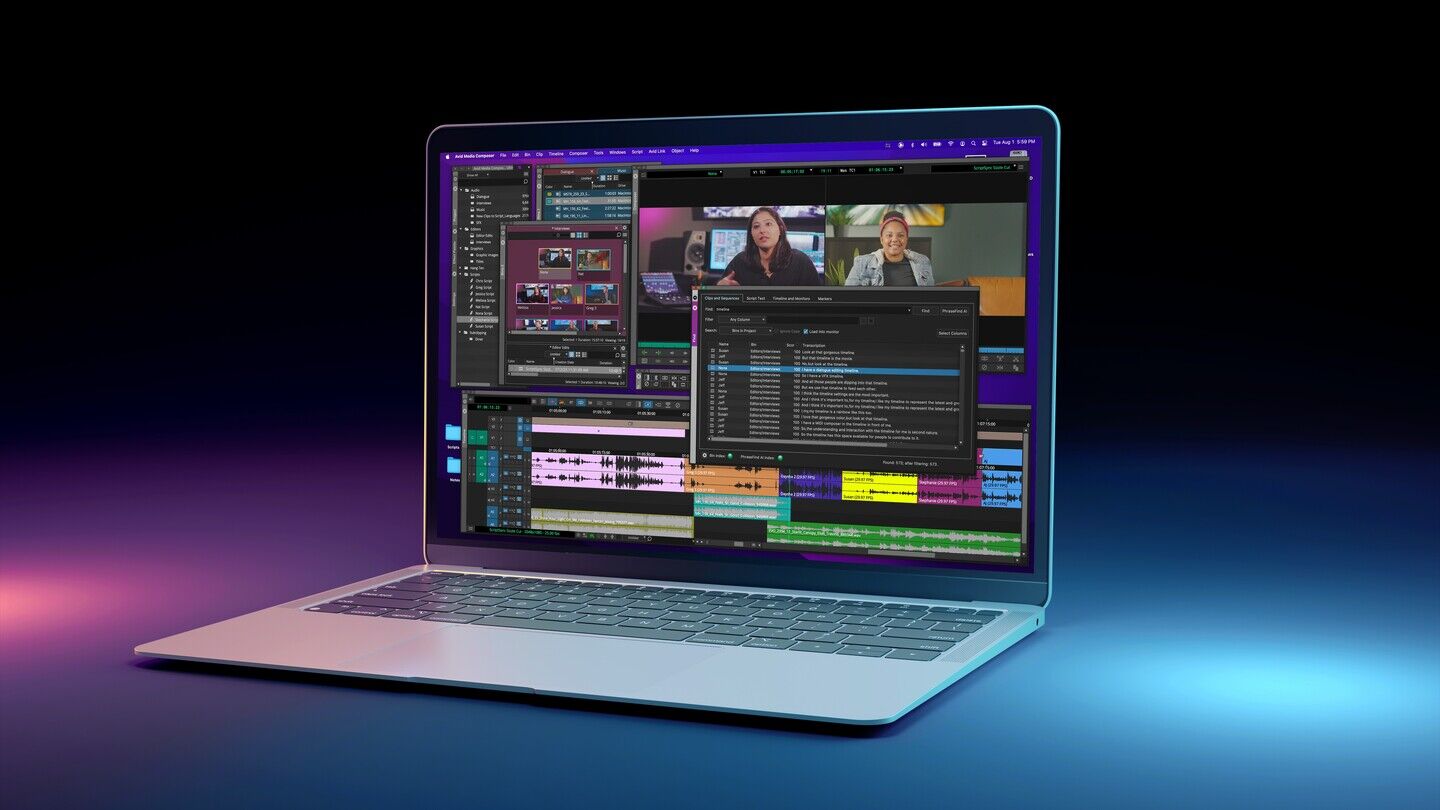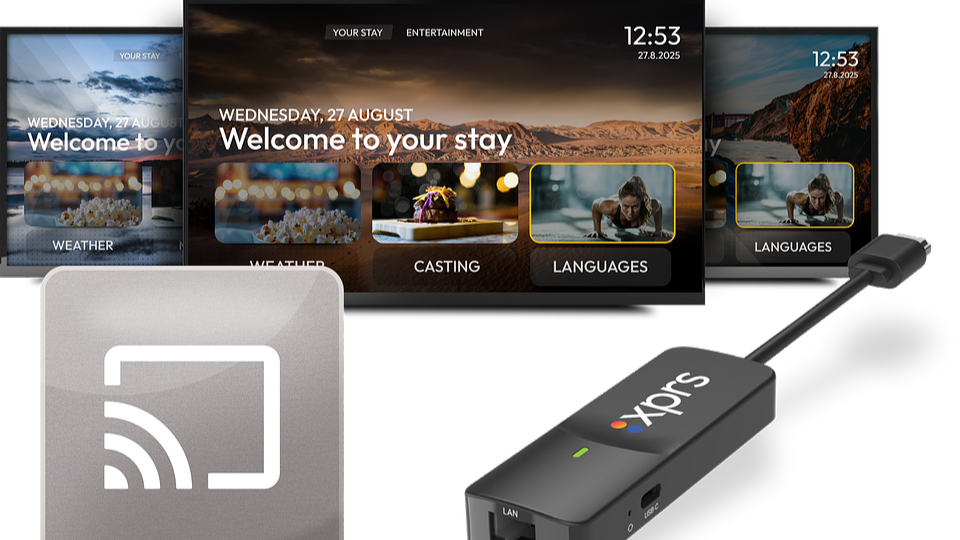What was once a process of physically storing film reels and manually logging footage has become an intricate dance of digital ingestion, advanced metadata tagging, and cloud-based workflows. With productions now generating thousands of hours of video per show, managing media efficiently is no longer optional; it’s a necessity.
In the early days of broadcast production, every minute of recorded content was precious. Media asset management (MAM) was a manual process where film reels and tapes had to be carefully catalogued, archived, and physically stored. As Craig Wilson, Product Evangelist for Broadcast and Media at Avid recalls...
You are not signed in
Only registered users can read the rest of this article.

Truth in the age of deepfakes: Building trust in the human-machine era
As deepfakes become prevalent throughout the media industry, experts at the BBC, Guardian, and ITN wrestle with the implications of today’s unprecedented levels of disinformation and distrust.

Rory Peck Awards: Truth has never needed its defenders more
This year’s Rory Peck Awards was an affirmation that press freedom is in severe danger, that it has become a vicious fight to sustain that facts matter. George Jarrett reports.

Camerimage: “The time to be afraid of AI was two years ago”
The festival of cinematography remains political with the rise of AI and gender equality bubbling beneath the surface.
.jpg)
Content Everywhere: Disruptive forces in 2025, from AI to ROI and SGAI
Looking back over 2025 to date, it’s clear that AI continues to widen its role in the Content Everywhere ecosystem, and many companies are becoming more discerning about how and where the technology should be applied to streaming and video technology. Clearly, there is still much more to come, and much more to learn, but what have recent developments taught the industry to date?

Scalable broadcast tech provides backbone for Esports World Cup Festival
Tasked with producing the festival side of the 2025 Esports World Cup in Riyadh, Saudi Arabia, Vanguard engineered a multi-venue broadcast workflow built on Blackmagic Design infrastructure to handle weeks of continuous live programming.



